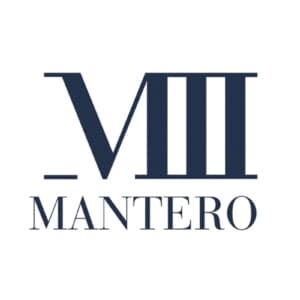
Mantero 1902
Mantero Italian silk company based in Como and founded by Riccardo Mantero in 1902
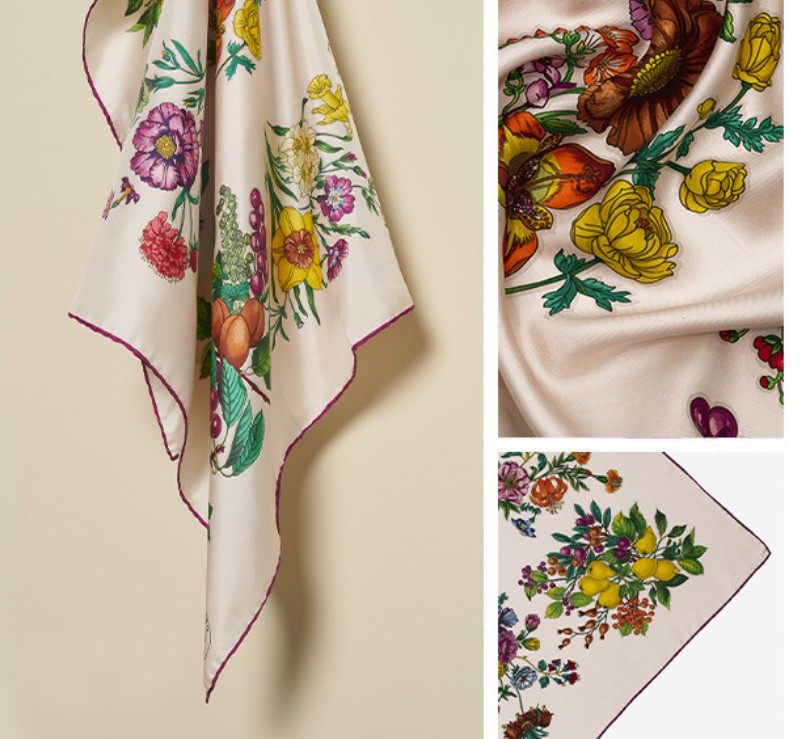
Mantero Italian silk company based in Como and founded by Riccardo Mantero in 1902. Riccardo, who emigrated from Novi Ligure on a bicycle, and wearing his entire wardrobe, began his career as a salesman for the weaving firm Camozzi-Rosasco and later for Bosisio-Camani-Cattaneo. At the same time he learnt the trade of “coventer,” acting as the “umbilical cord” between clients and industry, between demand and supply and becoming an interpreter of demand. By liaising with clients he discovered how their needs diverged from the range of designs offered by the large firms (such as a brighter color or a smaller design) and then sourced silk weavers who could meet their requests.
Mantero In 1902 he began working on his own
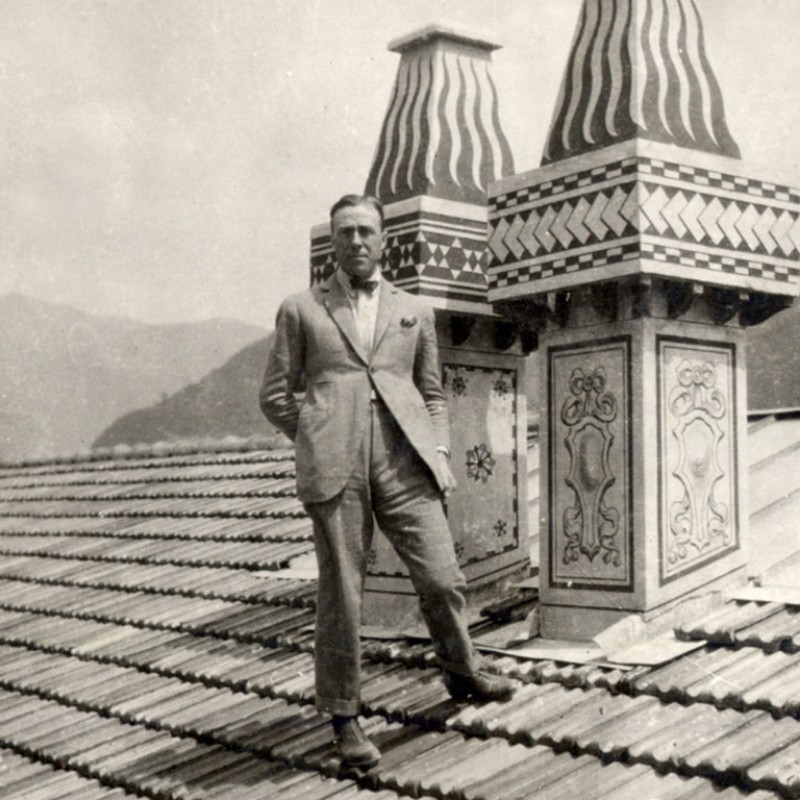
In 1902 he began working on his own with a stock of fabric pieces on the third floor of Via Mentana 12, with the help of his wife and sister-in-law. He had a natural talent for commerce. By 1923 he was able to set up a showroom in Via Volta, where Mantero still has offices. In 1927, after purchasing some looms and installing them in an existing silk factory, he founded the Fabbrica Seterie Riccardo Mantero. In 1940, he acquired the weaving firm of Menaggio and began industrial production, while still retaining a strong commercial bent. This he transmitted to one of his sons, Beppe, who spent nine months of the year traveling for work with a suitcase full of samples, just as Riccardo, the first of his eight heirs, would do after him.
Beppe greatly increased the fortunes of the family firm
Beppe greatly increased the fortunes of the family firm. When his father died in 1951 he began to expand it by first acquiring Alitess (making textiles designed for haute couture) and the historical Como silk factory Cugnasca, in 1956. Like the Crespo 180 silk during the 1940s, a particular type of silk called Favola enjoyed widespread popularity during the 1950s: it was a matelassé characterized by a relief effect.
It was, above all, the success of Favola that financed the opening of a new factory in Grandate (where weaving production was later supplemented by dyeing and print works) in 1960. Mantero undertook heavy financial investments just at a time when many middle-class Italian entrepreneurs chose to take their money to Switzerland, worried by the first signs of the clash between the Christian Democrats and the Socialists for control of the centre-left.
The factory at Grandate began operating in 1964. In time, various firms linked to the Mantero brand flourished: Interseta Ltd, which produced ties (1972), Mantero of America Inc (1976) and Mantero France (1978). Beppe died in November 1982, to be succeeded by five of his eight children: Riccardo, Federico, Cristian, Michele and Moritz. On 27 December 1989, all the family’s businesses were merged to form Mantero plc, which was renamed Gruppo Tessile Serico the following year, becoming the holding company for the Mantero group and devolving all the administrative activities to Mantero Seta plc.
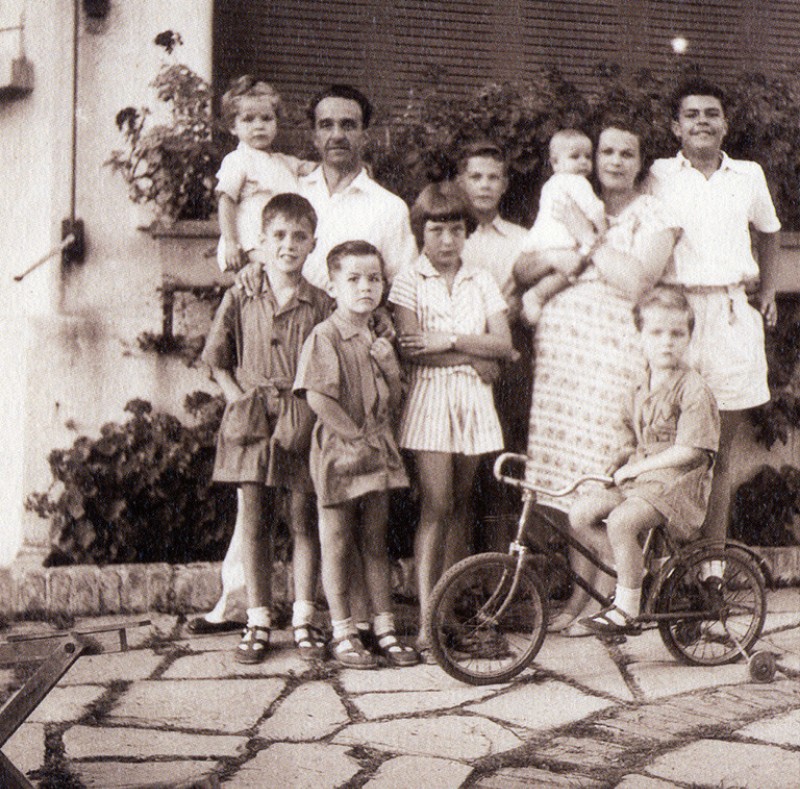
This produced a colossus
This produced a colossus that was unprecedented in the silk sector. At the beginning of the 1990s, this was the structure of the group: 11 billion lire of investments, all self-financed, in the renewal of machinery and new technology, net revenues of almost 274.5 billion lire; profits of 13 billions; fixed assets of 85 billion, 24 billions of which were in machinery alone; 956 employees with a total increase of 20% since 1980;
two factories (Grandate for weaving, dyeing, printing, with a daily palette of 15,000 colors and 3,000 silk designs, and a finishing works at Sant’Abbondio for the pre-dyed, jacquard-woven ties); 5 lines of figured and printed textiles for ties; 4 lines of textiles for women’s medium-high range prêt-à-porter; and its own collection of scarves.
During the last decade of the twentieth century, Mantero — run by Riccardo, Cristian, Michele, Federico and Moritz: the last two were respectively president and CEO when the group celebrated its hundredth anniversary in 2002 — expanded into the wool sector and synthetic fibers, giving rise to a joint venture with two Japanese firms in order to create and sell high-quality polyester fabrics.
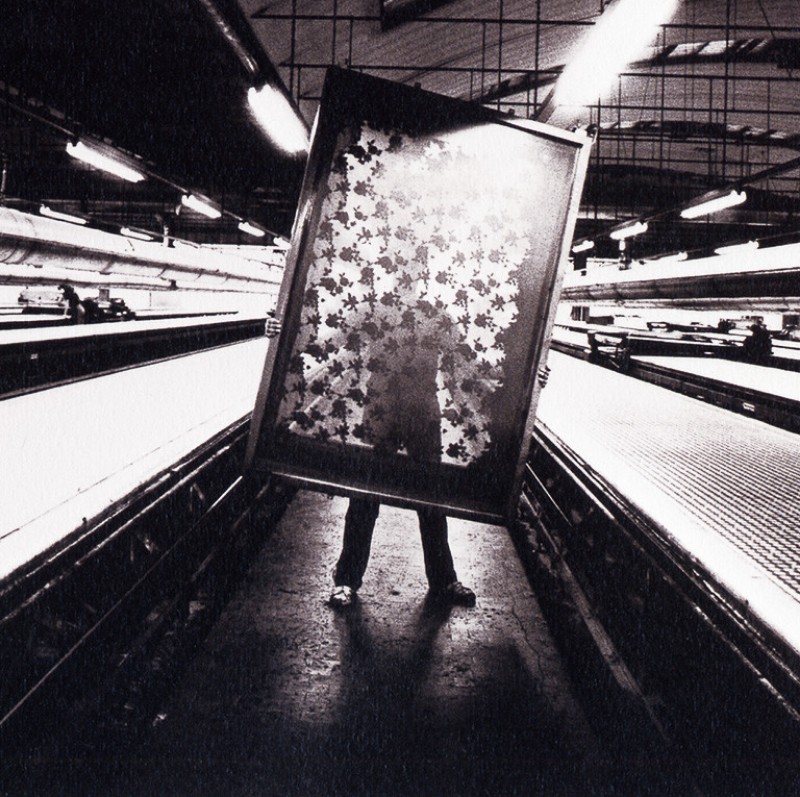
In 1995, the group had an annual turnover
In 1995, the group had an annual turnover of about 445 billion lire, 68% derived from exports, representing an increase of 11.5% compared with the previous year, thus doubling net profits. In 1996, the turnover was 440 billions, reflecting a general downturn in the market. However, in 1998 the group’s net profits again reached 29 billions. From then, up until the first two years of the twenty-first century, various changes and wide-ranging strategic decisions were necessary in order to maximise the level of service offered to clients, in order to meet the opportunities afforded even during a period of financial difficulty.”
;2002. The company celebrated its hundredth anniversary with the publication Mantero 100 anni di storia e di seta, edited by Massimo Pacifico, text by Guido Vergani and published by Fos.
2002, June. At Pitti Immagine Uomo, Mantero revealed that it had signed a license contract for the production and global distribution of Emilio Pucci ties.
2003. The year closed with a 7% drop
2003. The year closed with a 7% drop in turnover (in 2002 it was equal to 122 million euros).
;2003, November. The silk company’s three year restructuring plan was negotiated. 6 million euros were allocated to production, logistics, innovation, and human resources. The company would continue to focus on high-quality products.
2004, March. “La tessitura” (Weave) is the name of the company’s new concept store; 1,000 square meters in the center of Como, in an industrial building dating from 1887 where the company’s looms have been in operation for over a hundred years. The store stocks fashion accessories and household furnishing items. 2.5 million euros were invested in the project.
